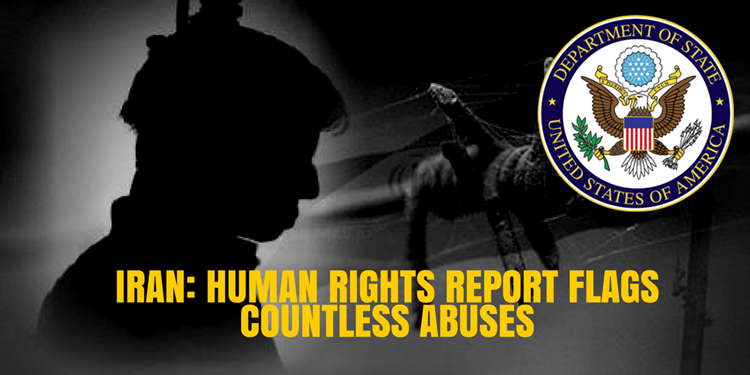
Iran’s upcoming May 19 presidential election will likely not result in changes regarding the regime’s behavior, and this should not be overlooked during the Trump administration’s major policy review for that country.
“What is worth understanding is the fact that the presidency in Iran lacks any significant authority and this post is under the heavy influence of the Supreme Leader,” explained Mohammad Mohaddessin, Foreign Affairs Chairman of the National Council of Resistance (NCRI) at an online conference they hosted last week with former Italian foreign minister Giulio Terzi.
“One should not expect a major shift in Tehran’s policies after the elections. It will be a huge folly and total misguided approach by the West to pin any hope on the results of this election,” Terzi said.
Mohaddessin stated, “Any flow of state of affairs in the clerical regime is in the hands of Supreme Leader Ali Khamenei, his office, and the IRGC … Elections in the clerical regime is power sharing between various factions of the brutal regime. It is also about various factions’ share in plundering the Iranian people’s wealth.”
Although the nuclear agreement between Iran and the international community lifted sanctions that many believed would boost Iran’s economy, Tehran has failed to resolve the population’s economic or social dilemmas, according to Terzi.
Two major Iran experts explained recently that the election to be held in Iran bears major significance only because of a series of political, economic and social crises the regime is facing internationally and domestically. After the elections, the regime in Tehran will be more fragmented than before, due to infighting between major factions.
The leading candidates in Iran’s presidential election are incumbent President Hassan Rouhani, and Ebrahim Raisi, a confidant of the Supreme Leader, and the head of the powerful so-called Astan Quds Razavi charity foundation.
Raisi is known for his role in “Death Committee” during the 1988 massacre of more than 30,000 political prisoners. Mohaddessin said, his “highest credit in the regime is his brutality, particularly in the massacre of the opposition, chiefly the [People’s Mojahedin Organization of Iran (PMOI/MEK)].”
Rouhani, on the other hand, has presided over 3,000 executions during his presidency, a number that far exceeds that of his predecessor, Mahmoud Ahmadinejad.
The Guardian Council, a 12-cleric body appointed directly and indirectly by the supreme leader to vet all candidates seeking to run in any Iranian elections recently rejected Ahmadinejad’s bid for another term as president.
To distinguish these candidates as “moderates” or “hardliners” in is a mistake, says Terzi, “It is time to draw the lessons. There are differences in semantics and tactics within Iranian actors but not over the merits and essence. The differences are on how to keep the regime in power.”
This is an important time period for Iran, as the supreme leader’s health is deteriorating, and talks of his successor are gaining momentum. “… the choices for Khamenei are between the worse and the worst of the worst. This is the reality that Khamenei has to deal with. This is a totally new situation with new prospects, bringing the regime closer to its downfall,” Mohaddessin concluded.







